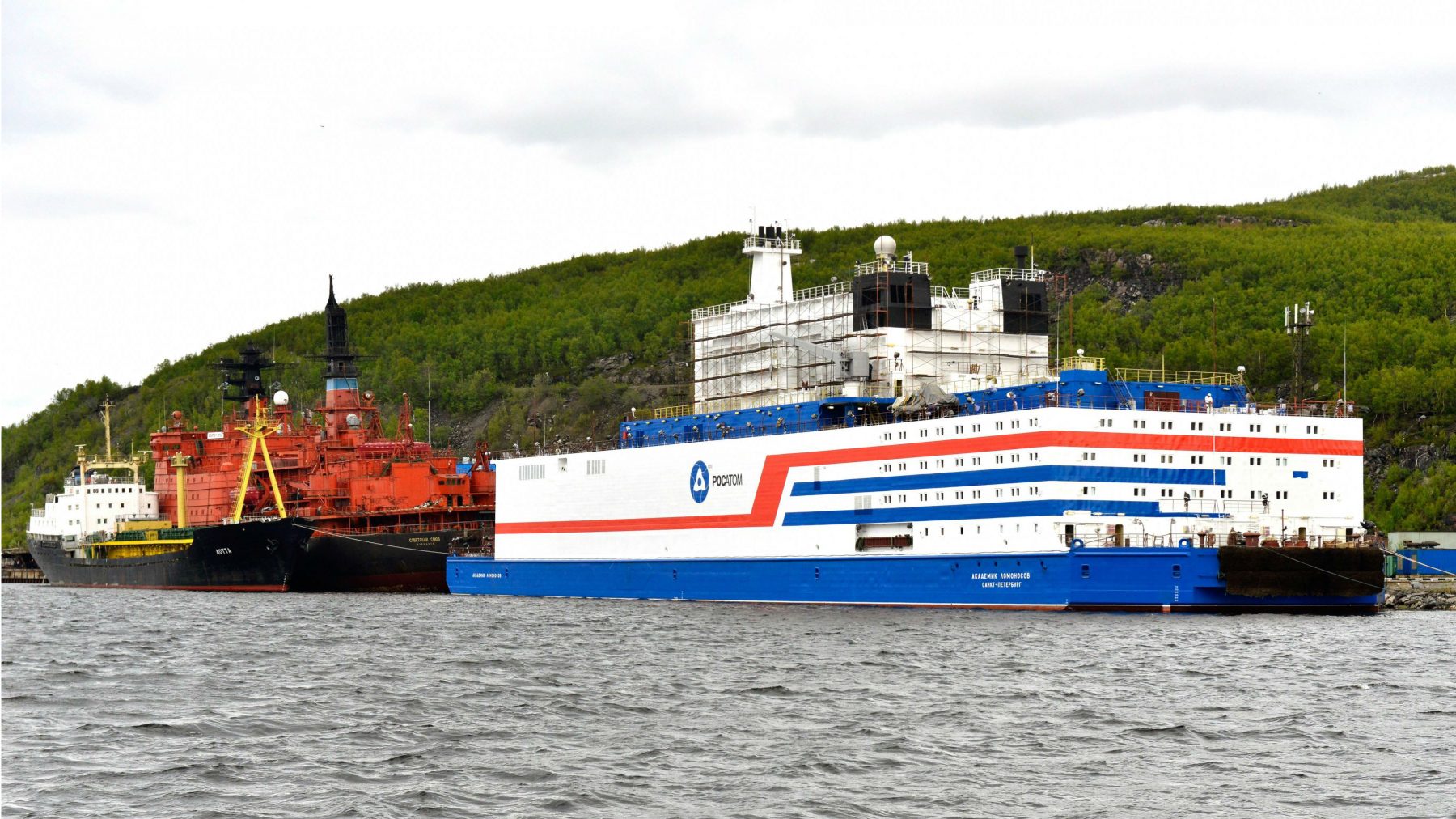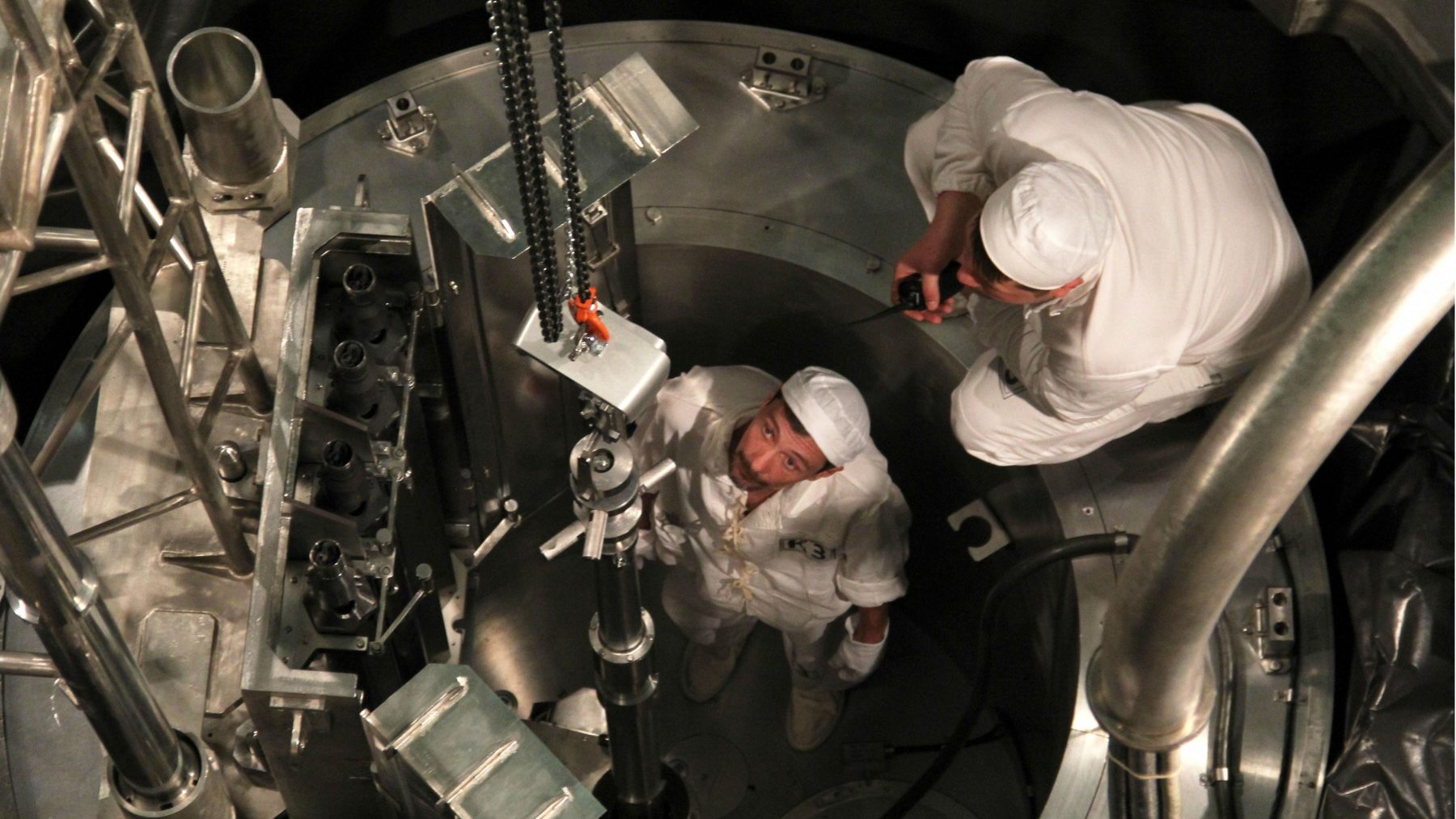Russia’s floating nuclear power plant gets 10-year operating license, new paint job

The Akademik Lomonosov will be towed from Murmansk to Pevek, in Russia’s eastern Arctic, in August when the sea ice is at its minimum for the season.
Rostechnadzor, Russia’s Federal Environmental, Industrial and Nuclear Supervision Service, has issued an operation license for the two reactors onboard Akademik Lomonosov until 2029.
The licensing comes after several months of test-running the reactors while the plant has been moored at Atomflot, the service base for civilian nuclear-powered ships, just north of Murmansk in the Kola Bay.
“Getting the FNPP operating license is a result of the complex longstanding work to develop a unique nuclear facility. This will allow to start transporting FNPP to the seaport of Pevek late this August followed by tests and commissioning of the floating nuclear co-generation plant late 2019,” says Andrey Petrov, Director of Rosenergoatom.

The plant, which was built in St. Petersburg, was towed around Scandinavia last summer and the first uranium fuel elements were loaded into the reactors in July last year. The first of the two reactors was started in November and in late April, the power-plant was successfully tested to 100% capacity.
Within some few days, the builder of the plant, Baltisky Yard, is expected to officially hand over the floating nuclear power plant to Rosenergoatom, Russia’s state owned nuclear company responsible for running the plant when it is connected to the grid in Pevek in December this year.
Pevek is a remote town located on the northeastern coast of Siberia which plays a key role in developing safety for shipping along the Northern Sea Route.
Although being the first in Russia, Akademik Lomonosov is not unique in the world. From 1968 to 1975, the United States operated the 10 MW MH-1A floating nuclear power plant in the Panama Canal Zone.
Related stories from around the North:
Canada: Community in northern Quebec to make the jump from diesel to hydroelectricity, CBC News
Finland: Nuclear waste company plans major investment at disposal site in southwest Finland, Yle News
Russia: Floating nuclear power plant bringing economic revival to Arctic Russian town, The Independent Barents Observer
Sweden: Environmentalists praise ruling on nuclear waste site in Sweden, Radio Sweden
United States: America’s most toxic site is in the Alaskan Arctic, Cryopolitics Blog



